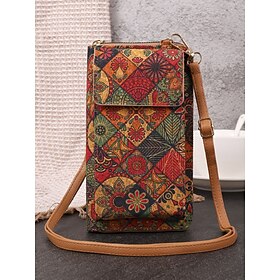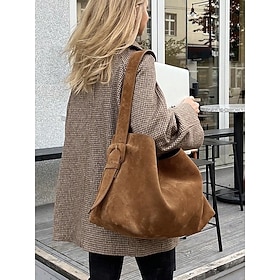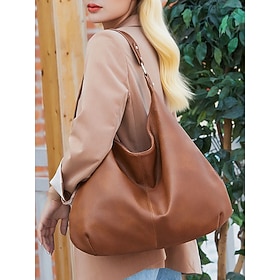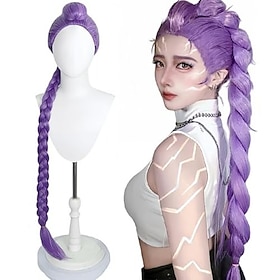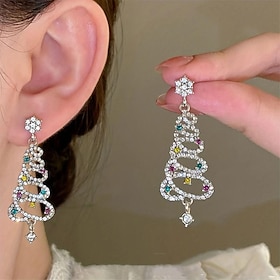A brief overview
Fashion has long been a realm of imagination and reinvention. Now, the addition of technology is creating a revolution — a revolution that is transforming how we design, wear, and shop for clothing. From smart fabrics and virtual fitting rooms to AI-assisted design applications, the intersection of fashion and technology is uncovering a brave new world of innovation and accessibility.
Smart Clothing: The Evolution of Wearable Technology
More commonly referred to as E-textiles, smart clothing is reinventing what clothing can do. These incredible items can measure your heart-rate, monitor your physical activities, even change its color or pattern based on your mood or the environment. In healthcare and sports performance, wearable fashion is changing our relationships with our clothing — making it functional and futuristic.
Virtual Fitting Rooms: Try Before You Buy…Digitally
Virtual reality (VR), and 3D body scanning are rapidly developing technologies, and with them, the future of online shopping is here. With VR headsets and a digital model of your own body, you can enter a virtual fitting room and try on clothing without leaving the comfort of your own home. Not only can this be an immersive shopping experience, but it also streamlines in-store inventories by reducing the amount of available stock, and it can also lessen return rates.
AI in Fashion Design
Artificial Intelligence (AI) is playing an increasingly important role in fashion. AI-driven algorithms are allowing designers to predict trends, develop new styles, and suggest products based on direct customer interactions. For example, fashion houses are using data to predict trends with an increasing pace and efficiency in meeting the evolving tastes of consumers.
One recent study in Sweden found that AI cut the workloads of radiologists in detecting breast cancer by nearly 50 percent (not fashion-related, obviously, but just one example of the potential range of AI). It is just one reminder of how much promise AI could hold, not just in health care, but also in fashion innovation.
Adaptive Fashion: Inclusion through Innovation
Adaptive fashion is increasing in the marketplace and gaining momentum from designers who are creating stylish and functional clothing for people living with diverse abilities. One leading designer is Keisha Greaves, the designer and founder of Girls Chronically Rock, which focuses on the intersection of fashion and accessibility, and celebrates how inclusive design is becoming a fundamental tenet of fashion.
View this post on Instagram
Sustainable Fashion: Eco-Friendly by Design
Technology is redirecting your attention to a more sustainable fashion future. Brands in the industry are exploring innovations of plant-based dyes and nature-based design paradigms to reduce their carbon footprint. To be fair, plant-based dyes are much less harmful to the environment than synthetic dyeing methods, and relying on nature on some level supports a much broader eco-friendly perspective on how fashion is produced.
With better machines and cleaner processes, fashion companies are beginning to re-examine how clothing is made, and for the first time, why it is important to lessen the harm to the planet.
Conclusion: The Tech-Driven Future of Fashion
The intersection of opportunities created by fashion and technology is a fast-moving and thrilling environment. Whether via wearable technology, AI-powered design tools, or eventually virtual retail spaces, this space enhances designer creativity, promotes accessibility, and encourages sustainability. Technology has many variables and will continue to change, but one thing is certain: we are living the future of fashion now, and it is smarter, more inclusive, and ecologically friendly than at any time in recent memory.










